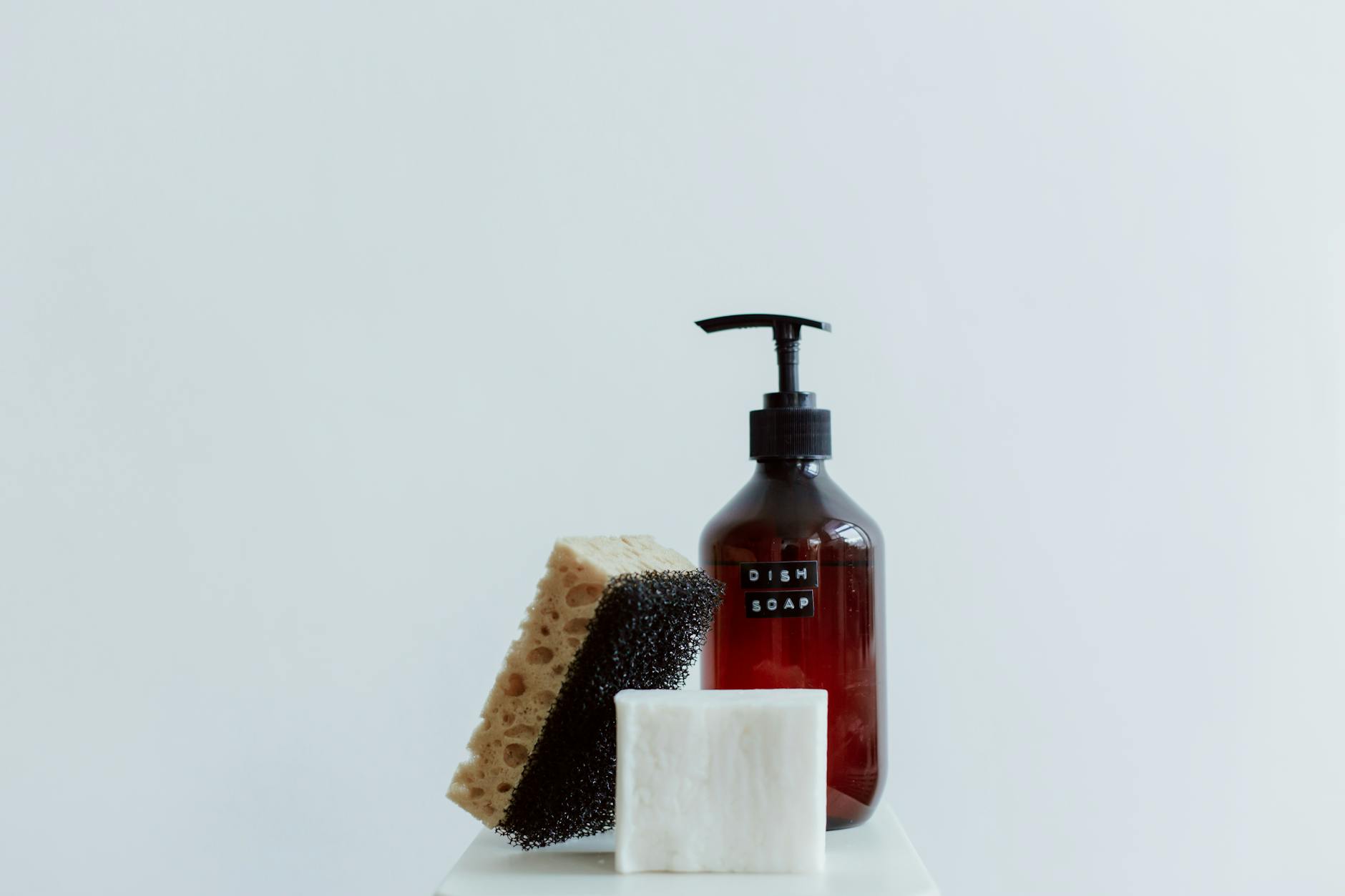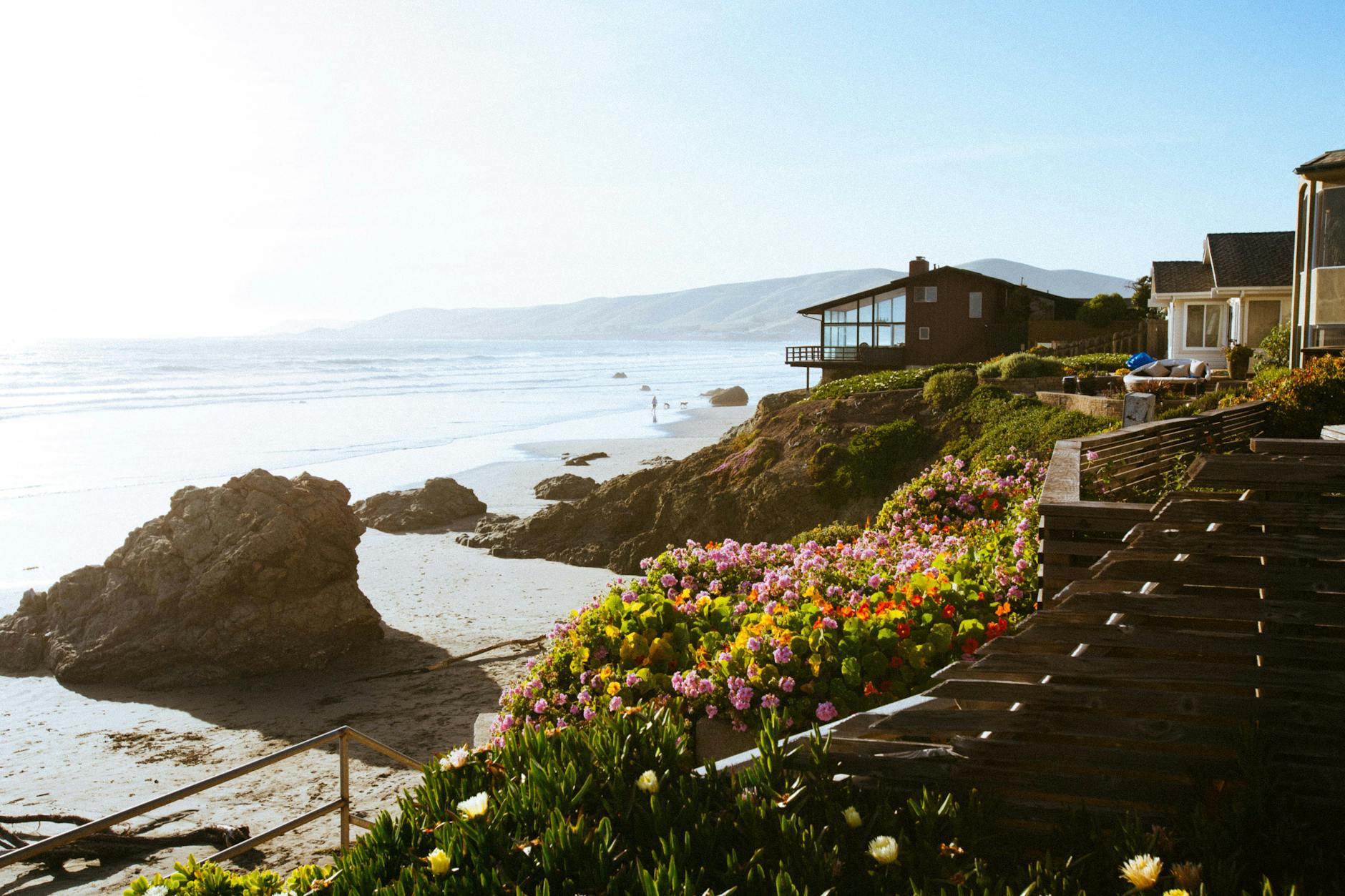Are You Using the Right Sunscreen for Australia’s Outdoor Excursions?

Choosing the Right Sunscreen
As someone who calls the sunny trails around Mount Coot-tha my playground, I've learned that choosing the right sunscreen is critical for both skin health and the environment. A fervent advocate for nature conservation, I find it crucial to highlight products like reef safe sunscreen, which protect coral ecosystems while shielding your skin. When you're out enjoying the sun-soaked paths at Kangaroo Point Cliffs or leisurely strolls in the South Bank Parklands, selecting a sunscreen that provides adequate UV protection is a must.
Look for sunscreens with broad-spectrum protection to ward off both UVA and UVB rays. It’s also wise to scan ingredient lists and avoid harmful components like oxybenzone and octinoxate, which are not only detrimental to marine life but can irritate the skin. Mindful application, starting with an understanding of SPF ratings, will help you make choices that deliver effective protection. SPF 30 is often adequate for everyday activities, but if your adventures last longer under the sun, consider higher SPF options.
Integrating beauty hacks into your routine can simplify sunscreen application. Opt for a tinted sunscreen for that extra glow while you nourish and protect your skin. Remember, a conscious choice in sunscreen can safeguard your skin as well as the vibrant environments we cherish.
Outdoor-Specific Needs
Getting the most out of sunlit adventures around Brisbane's Kangaroo Point Cliffs calls for sun protection that meets the demands of an active lifestyle. If you're sweating it out while scaling the cliffs or biking through scenic trails, a zinc sunscreen can be a reliable option. It's compact, making it ultra-convenient for on-the-go protection, and its water-resistant formula ensures it stays put during those humid outings or quick dips.
Water Resistance Essentials
Whether kayaking along the river or enjoying a coastal trek, water-resistant sunscreens are a must. Look for formulas labeled as "water-resistant" or "very water-resistant," meaning they are designed to hold up during sweat-inducing activities or after exposure to water. These products are typically effective for up to 80 minutes before needing reapplication.
Long-Lasting Formulas
Opting for long-lasting formulations can lessen your worry about frequent reapplications. Seek sunscreens that offer extended protection, often indicated by terms such as "long-lasting" or "all-day" on the packaging. These are great for those who spend hours engaging in outdoor sports or guiding exploratory tours.
Suitable for Active Lifestyles
For those constantly on the move, lightweight and non-greasy sunscreens are ideal. They absorb quickly without leaving a tacky residue, ensuring your skin feels comfortable and breathable. Active-specific sunscreens often provide additional UV protection with mineral-based ingredients, making them an appealing choice for eco-conscious adventurers.
Eco-Friendly Sunscreens
Reef-Safe Options
When it comes to choosing eco-friendly sunscreens, reef-safe options are top of mind for those of us in Australia who frequent the crystalline waters and vibrant corals of the Great Barrier Reef. These sunscreens are free from harmful chemicals like oxybenzone and octinoxate, known to damage coral ecosystems, making them a conscious choice for your next outing. Whether you're exploring the trails at Mount Coot-tha or taking a sunlit stroll along South Bank Parklands, having a reef-safe sunscreen means ensuring you're treading lightly on our environment.
Biodegradable Packaging
Adopting sustainable practices extends beyond just the formulation of sunscreen. Biodegradable packaging plays a significant role in reducing long-term waste. Opting for sunscreens in such eco-conscious containers ensures that like the day’s adventures, the packaging quickly returns to nature, leaving minimal imprint. For those afternoon excursions to Kangaroo Point Cliffs, tossing a sunscreen in eco-friendly packaging into your backpack can make all the difference.
Sustainable Ingredients
A focus on sustainable ingredients often means choosing sunscreens that use natural, mineral-based blockers like zinc oxide or titanium dioxide instead of chemical filters. These minerals sit on the skin's surface, reflecting UVA and UVB rays without absorbing into the bloodstream. Incorporating these into your sun care routine not only maintains effective skin protection but also matches the ethos of sustainability. For those sensitive areas, reach for options like baby sunscreen, which tend to use gentler and more natural formulations.
Application Tips
Timing for Maximum Effectiveness
Applying sunscreen might seem straightforward, but the timing can significantly enhance its effectiveness. Ideally, you'll want to apply it 20 minutes before stepping outdoors to allow it to bind adequately to your skin. This initial layer creates a shield that defends against harmful rays. It's particularly vital when planning a day out around our stunning Brisbane locations like Mount Coot-tha, where the sun can be harsh even in the early hours.
Techniques for Full Coverage
Ensuring full coverage can often make a difference in sun protection. Start by using about a shot glass full of sunscreen for your entire body and a dollop for your face. Pay special attention to easy-to-miss spots: upper ears, behind the knees, and the tops of feet. For kids, opt for a kids sunscreen that's formulated to be gentle yet effective. Achieving full coverage helps in creating that essential barrier, allowing you and your family to enjoy a worry-free day outdoors.
Reapplication Guidelines
One of the secrets to maintaining optimal sun protection is reapplying your sunscreen regularly. Aim to reapply every two hours, especially if you're swimming or sweating. Even your favourite, long-lasting formulations will need a touch-up. Whether you're hiking the sunlit trails or enjoying a dip, keeping a travel-sized sunscreen in your bag ensures you remain protected throughout your adventures.
Common Sunscreen Mistakes and How to Avoid Them
Skipping Overcast Days
In the hustle and bustle of Brisbane's vibrant outdoor scene, it's easy to overlook sunscreen on overcast days. However, about 80% of UV rays still penetrate through the clouds, making sun protection essential even when Mount Coot-tha is cloud-covered. Remember, UV damage can occur all year round. Just like you wouldn’t skip on hydrating after a long hike, ensure you're applying sunscreen daily, regardless of the weather.
Ignoring Expiration Dates
We've all been guilty of keeping beauty products past their prime, and sunscreen is no exception. Using expired sunscreen significantly reduces its effectiveness, leaving your skin vulnerable during your scenic rides at Kangaroo Point Cliffs. It’s a small trick to jot down purchase dates and check expiration dates regularly—almost like keeping tabs on your cycling gear. Aim to swap out old sunscreen at the start of each summer season in Australia.
Not Using Enough Product
One of the most common blunders in skincare is not using enough sunscreen. Experts recommend applying around a teaspoon per limb to ensure thorough coverage, especially when exploring sunlit paths at South Bank Parklands. Layer it on as diligently as you’d apply a serum or moisturiser. Trust me, your skin will thank you for the extra protection as you wander Brisbane’s picturesque routes.


